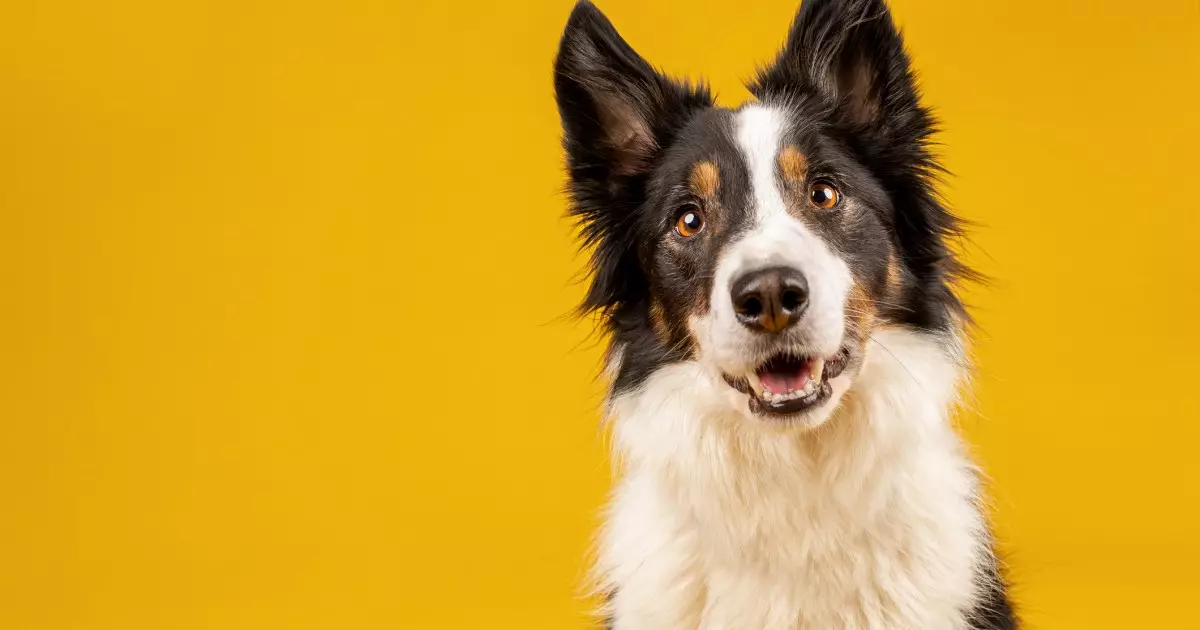The age-old bond between humans and dogs often finds itself tested when it comes to effective communication. While many dog owners are accustomed to using gestures, treats, and vocal commands, the introduction of dog buttons offers a revolutionary approach to understanding our furry companions’ inner thoughts. These recordable buttons allow dogs to convey specific needs or desires, potentially enhancing the relationship between owner and pet. This guide aims to navigate the exciting landscape of dog buttons, addressing essential questions and considerations for those looking to deepen their connection with their canine friends.
The Mechanics of Dog Buttons
At first glance, dog buttons may appear to be a gimmick or a novelty item. However, they function much like simple communication devices, designed specifically for dogs to operate. Each button can be pre-recorded with a word or phrase that resonates with a specific action or request, such as “outside,” “play,” or “food.” The beauty of these buttons lies in their simplicity; they are created for a dog’s paw to easily press, making it straightforward for them to express their desires.
The teaching process of using dog buttons is akin to instilling commands. Initially, an owner records a phrase and then creates associations between the button and the corresponding action. For instance, when a dog presses the button marked “walk,” it signals to the owner that it’s time for some outdoor activity. This method is rooted in positive reinforcement, where the dog learns that pressing the button results in a desired outcome.
While skeptics may argue about the capacity of dogs to grasp intricate language concepts, scientific research indicates that canines are significantly smarter than many might assume. Studies have shown that certain dog breeds, particularly those known for high intelligence, such as Poodles and Border Collies, can learn and recognize an extensive vocabulary, sometimes upwards of 100 words.
Consequently, the application of dog buttons taps into this cognitive potential, allowing dogs to convey their intentions by pressing buttons programmed with meaningful phrases. Each successful interaction reinforces their understanding and ability to communicate, leading to a more profound bond and better understanding between dog and owner.
Establishing a Successful Training Regimen
Training a dog to use these buttons requires commitment, patience, and creativity. The process should begin with words that are both simple and meaningful to your dog. Ideal choices include “treat,” “outside,” and “play,” terms that likely hold positive connotations for your pet. It is critical to model button usage by demonstrating the action paired with the corresponding word or phrase, as repetition helps solidify their understanding.
Reinforcement is also key; this can come in the form of verbal praise, cuddles, or even treats. Over time, you can gauge your dog’s responsiveness and adjust the teaching approach accordingly, introducing more complex words or phrases once they show proficiency with the fundamentals.
Benefits Beyond Communication
The advantages of employing dog buttons extend beyond mere communication. This training approach offers significant mental stimulation, catering to dogs’ intrinsic need for cognitive engagement. Engaging in brain games through button pressing can minimize boredom-related behaviors such as destructive chewing or incessant barking, ultimately leading to a happier pet.
More than just a tool for expression, dog buttons foster an environment of trust and understanding. By allowing dogs to indicate their wants and needs directly, owners can respond with greater efficiency to what their pets are communicating.
Selecting the appropriate dog buttons involves considering several factors. Durability is paramount; look for buttons that are robust enough to withstand repeated use. Furthermore, clear sound quality ensures that the recorded phrases are easily understandable for both dog and human. Depending on the variety of commands you plan to teach, you may need multiple buttons, so consider your desired breadth of communication.
Moreover, aesthetically pleasing designs that fit into your home can create a welcoming atmosphere for your dog. Specialized mats are also available to keep the buttons organized, promoting ease of use for your pet.
Embarking on Your Button Journey
Once you’ve chosen the right buttons for your canine companion, the next step is organizing them in a way your dog can easily navigate. Start with essential commands and progressively introduce more complex phrases over time. Remember to shower your pup with praise as they learn, reinforcing the positive experience associated with their new communication tools.
Incorporating dog buttons into your interaction with your pet can revolutionize your relationship, providing a robust framework for understanding and addressing your furry friend’s wants and desires. So, why wait? Begin your adventure into the world of canine communication today!

